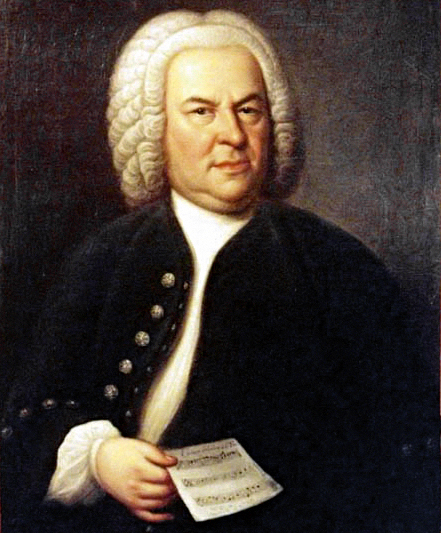Creativity Within Limits
Guest post by Andrew Boyd
Today, bounded creativity. The University of Houston's College of Engineering presents this series about the machines that make our civilization run, and the people whose ingenuity created them.
Creativity has no limits. Or does it?
We think of great music and art as acts of unbounded creativity. But in reality, they're often constrained by rules.
The canon is a wonderful example of rule-governed music. The word means "rule" or "law" in ancient Greek. As a compositional form, the canon originated during the Renaissance and reached its pinnacle in the early Baroque period. The earliest and simplest canons were rounds. Row, Row, Row Your Boat. Three Blind Mice. They're built from a single melodic line that's overlaid upon itself at fixed intervals. Rounds have very strict rules, requiring a special kind of creativity. Not just any melody makes a good round.
Canons offer composers greater freedom than rounds. But they're still quite restrictive. The melody can be overlaid upon itself at any time. It can be slowed down or sped up. It can be played at a different pitch, or even turned upside down.

One of the strangest variations is to play the melody backward. Here's a two-voice canon written by Bach for Frederick the Great, where the second voice is simply the melody played in reverse.
[Bach's A Musical Offering: Crab Canon played forward]

Here's the same recording, played backward this time.
[Bach's A Musical Offering: Crab Canon played backward]

Bach was a master of the canon. He followed the rules, but did more with them than any of his peers. And when he and his contemporaries reached the creative limits of those rules, they expanded them. The fugue, which is less restrictive than the canon, was the high musical form of the Baroque period. But it still followed rules — rules since studied by generations of musicians.
[Pachelbel Canon begins]

We often think of rules as stifling creativity. And, in fact, they can. But they're also a source of creativity. It's easy to win a game when you make up the rules as you go. But to master the rules — to create within boundaries — is its own form of ingenuity.
I'm Andy Boyd at the University of Houston, where we're interested in the way inventive minds work.
A wonderful audio/video presentation of Bach's Crab Canon embedded on a Möbius strip can be found at https://www.youtube.com/watch?v=xUHQ2ybTejU. Accessed May 19, 2009.
Recordings of the untitled round and Bach's Crab Canon were realized by E. A. Boyd using MIDI and a digital audio workstation. The Pachelbel Canon was performed by the London Symphony Orchestra.
The picture of Bach is taken from Wikimedia Commons. The picture of Pachelbel is widely available on the Web and is considered public domain. Pictures of Bach's Crab Canon by E. A. Boyd.